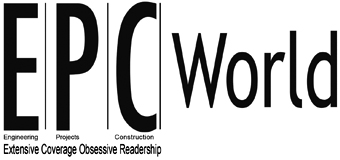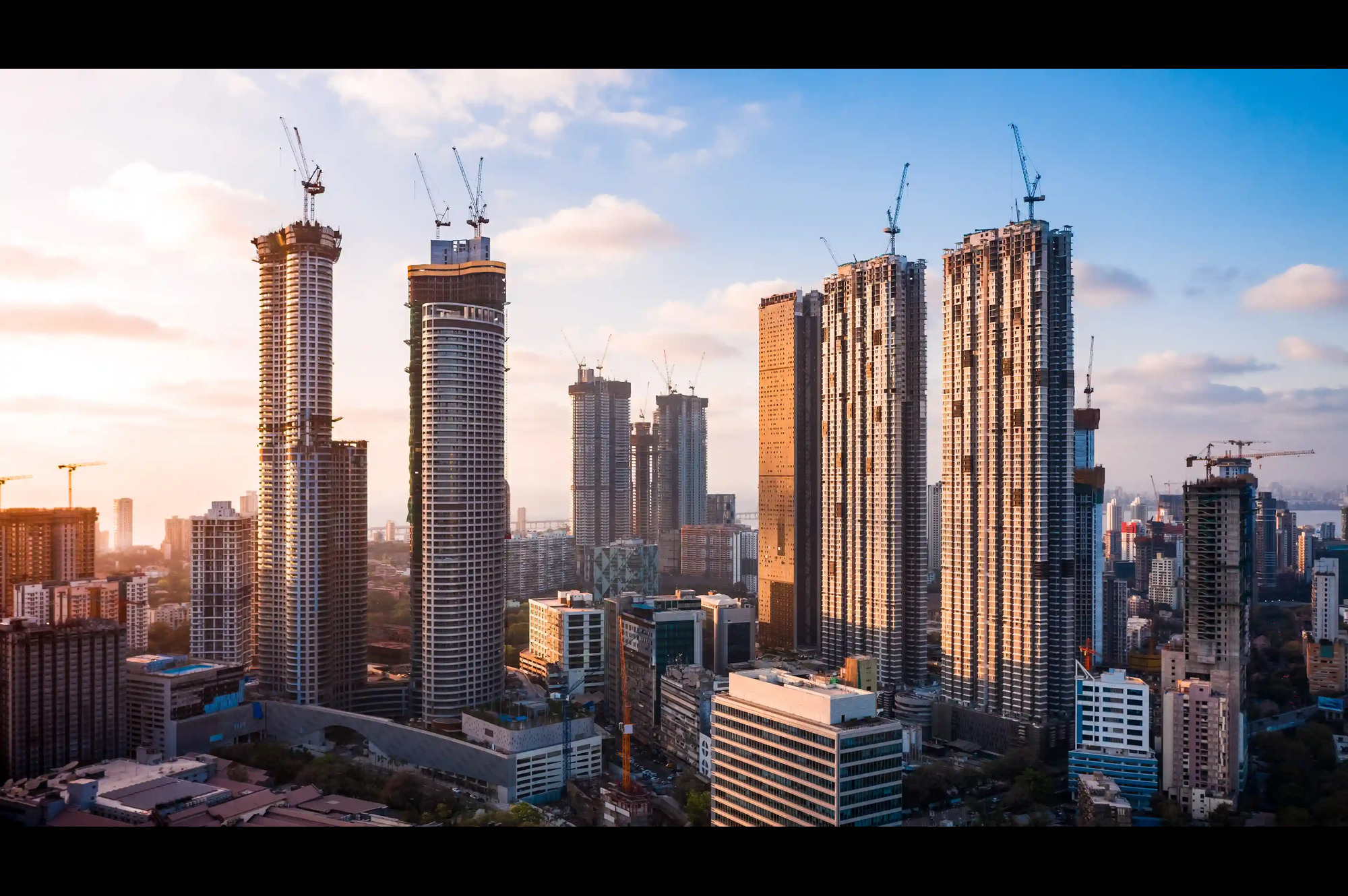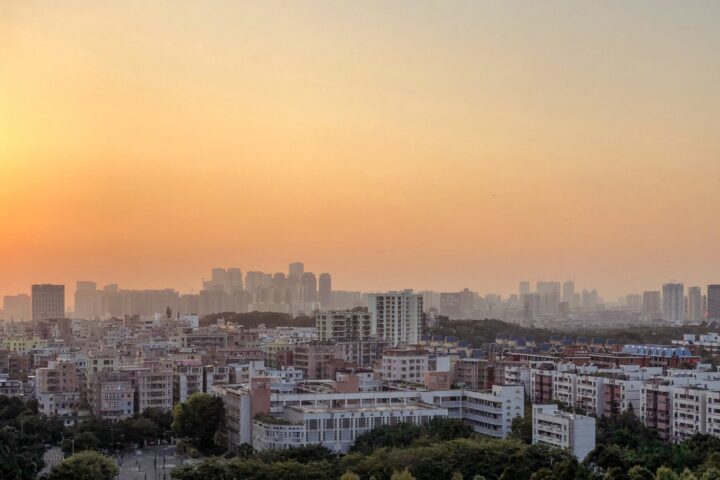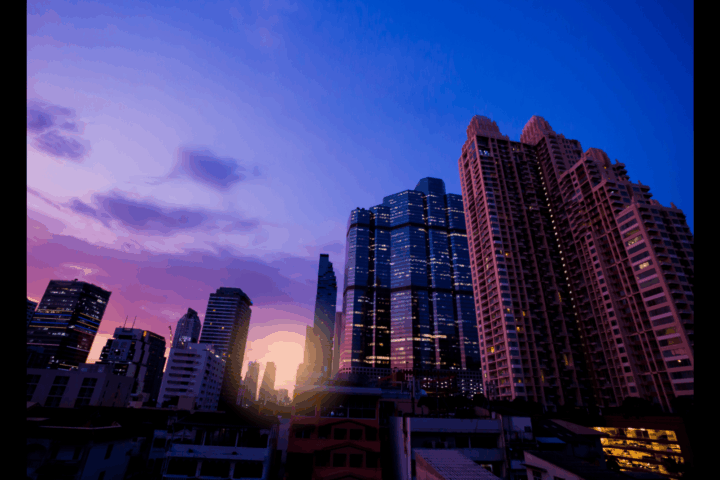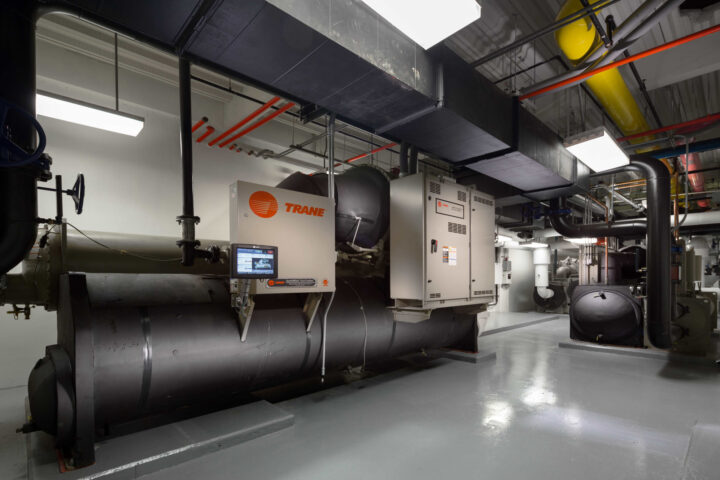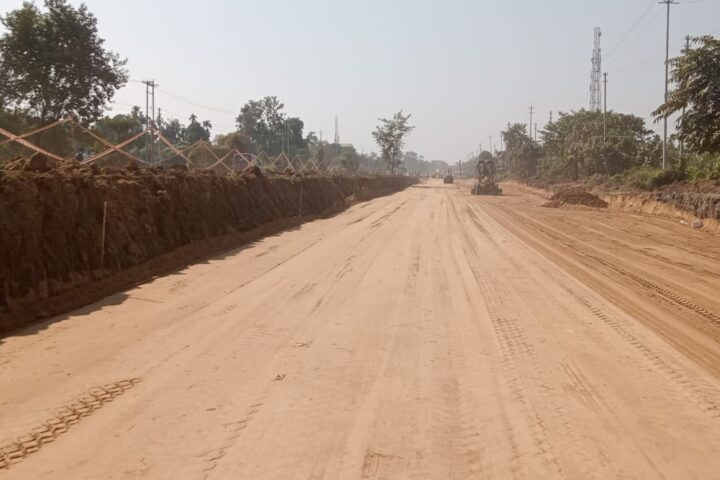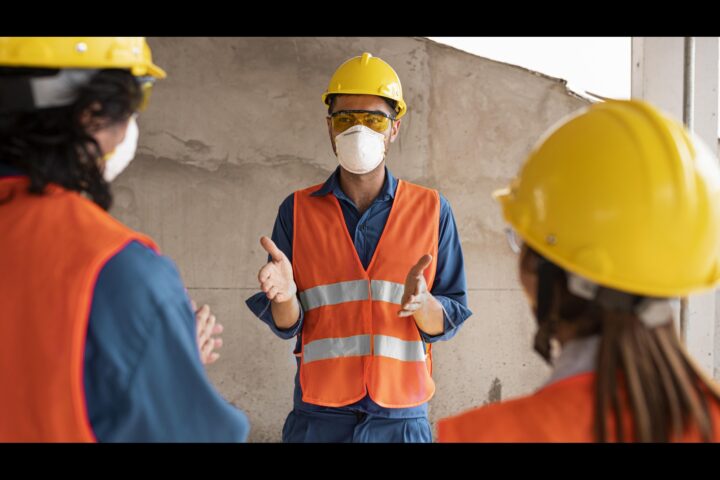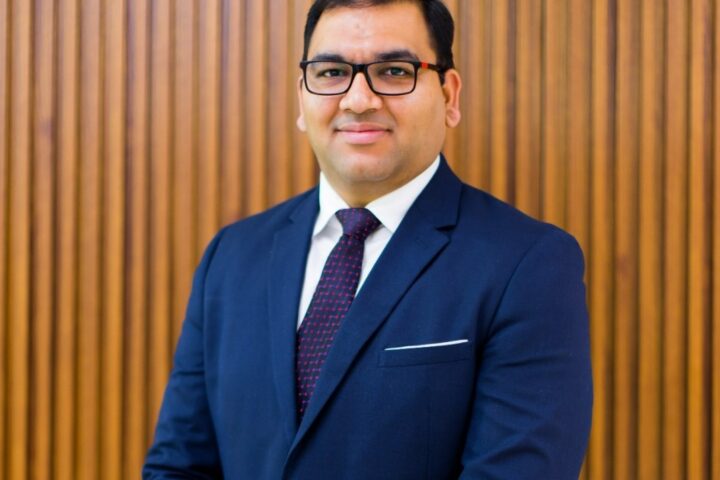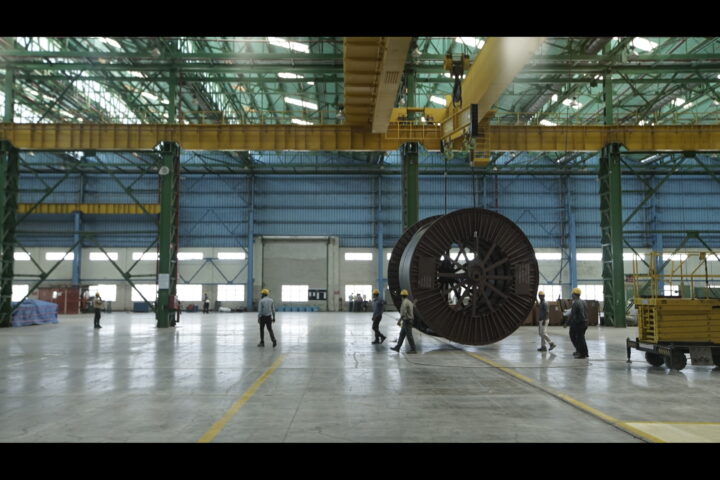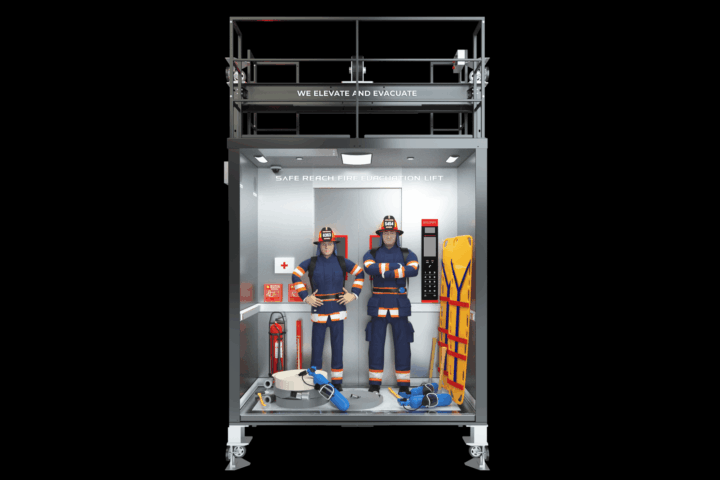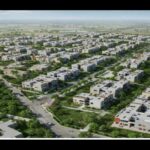by Sundeep Jagasia, Director, Shree Krishna Group
Mumbai, India’s financial capital, is undergoing a dramatic transformation. At the heart of this urban evolution lies redevelopment — a powerful tool reshaping the city’s landscape and paving the way for ultra-luxury residences. As aging buildings make way for modern towers, a new era of high-end living is unlocking untapped real estate potential and redefining the fabric of urban life.
The Redevelopment Imperative
Much of Mumbai’s housing stock, especially in South Mumbai and the western suburbs, comprises buildings that are over 40 to 50 years old. These structures often fall short of current safety standards and lack modern amenities. Redevelopment, in this context, is not just a matter of aesthetics or comfort — it’s a necessity. By partnering with private developers, societies gain access to upgraded infrastructure, while developers acquire valuable land parcels in one of the world’s most land-constrained cities.
What sets today’s redevelopment wave apart is the focus on ultra-luxury homes. No longer confined to the traditional central business districts, luxury housing is expanding into emerging micro-markets like Lower Parel, Bandra, Worli, and even pockets of Chembur and Goregaon, driven by redevelopment.
Luxury as a Catalyst for Transformation
The rise of ultra-luxury homes in redeveloped plots is creating a new aspirational benchmark. These projects are characterized by global design aesthetics, world-class amenities, smart home technologies, wellness-focused architecture, and concierge-style services. Developers are no longer just selling homes — they are curating experiences.
This upscale approach is influencing not just the immediate property but also the neighborhood. Improved infrastructure, increased property values, and enhanced social capital often follow in the wake of a luxury development. Roads are upgraded, retail spaces blossom, and new business opportunities emerge. In effect, redevelopment becomes a catalyst for holistic urban renewal.
Demand Drivers: Who’s Buying?
A key factor fueling this trend is the evolving aspirations of Mumbai’s affluent population. Ultra-High-Net-Worth Individuals (UHNIs), corporate executives, NRIs, and next-gen entrepreneurs are all seeking properties that align with their lifestyle and global sensibilities. Redevelopment projects — especially those in prime locations with limited land availability — offer the perfect blend of legacy value and modern luxury.
Moreover, the post-pandemic world has made buyers more conscious of quality living spaces. Larger apartments, home offices, private decks, and proximity to healthcare and recreational amenities are now critical decision factors. Luxury redevelopment projects tick all these boxes.
Navigating the Challenges
Despite the promise, redevelopment in Mumbai is not without its challenges. Regulatory hurdles, legal complexities, and delays in tenant negotiations can derail timelines and inflate costs. Developers must also manage high expectations from society members, who often demand larger homes and premium facilities in return for their land.
However, these challenges are increasingly being addressed through transparent processes, stakeholder alignment, and policy support. Recent state-level measures such as increased FSI (Floor Space Index) for redevelopment and single-window clearances have accelerated the pace of such projects.
A Look Ahead
As land scarcity and population density continue to define Mumbai, vertical growth through redevelopment remains the most sustainable route. Ultra-luxury housing, once considered niche, is now a mainstream driver of this growth — not only unlocking real estate value but also elevating the city’s global stature.
For developers, investors, and homebuyers alike, the message is clear: the future of Mumbai’s real estate lies in the intelligent repurposing of its past. Redevelopment, especially in the ultra-luxury segment, is not just about rebuilding — it’s about reimagining urban living.

